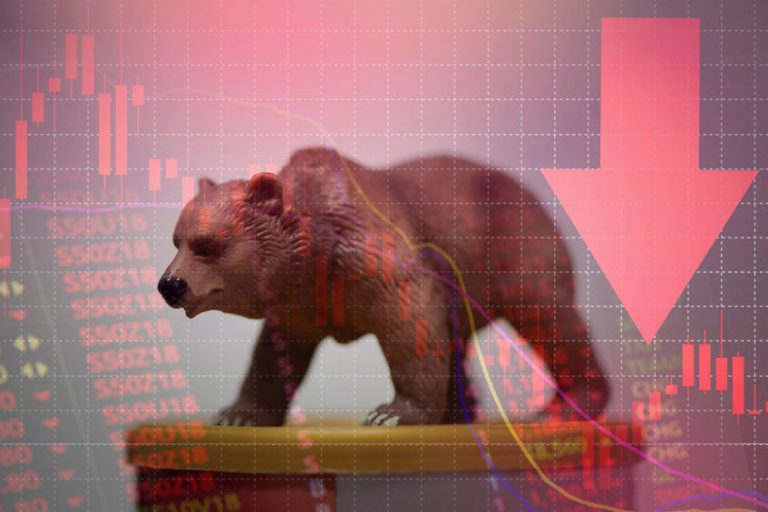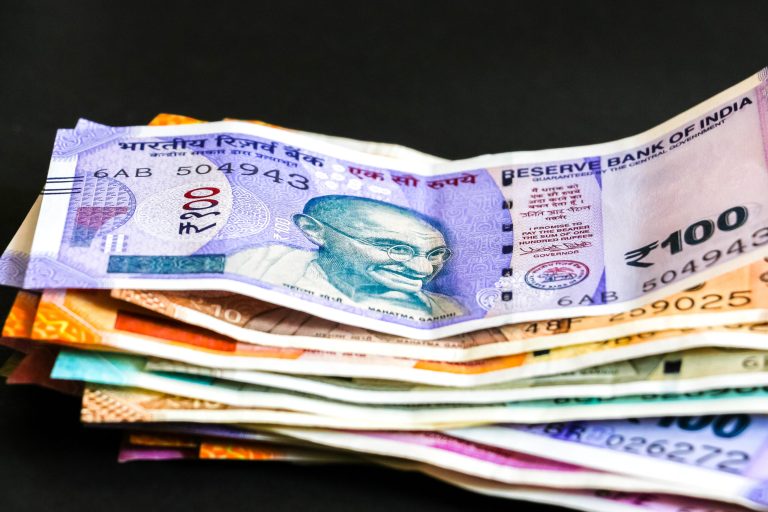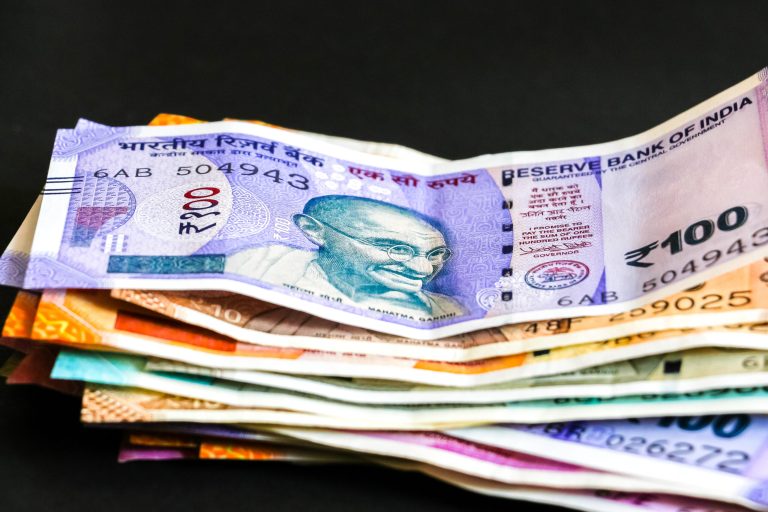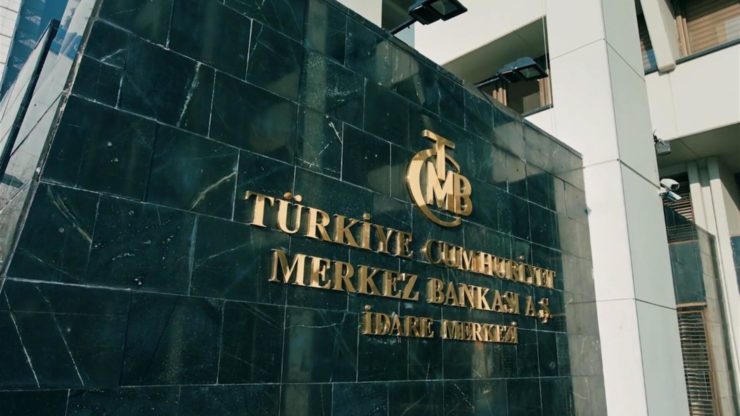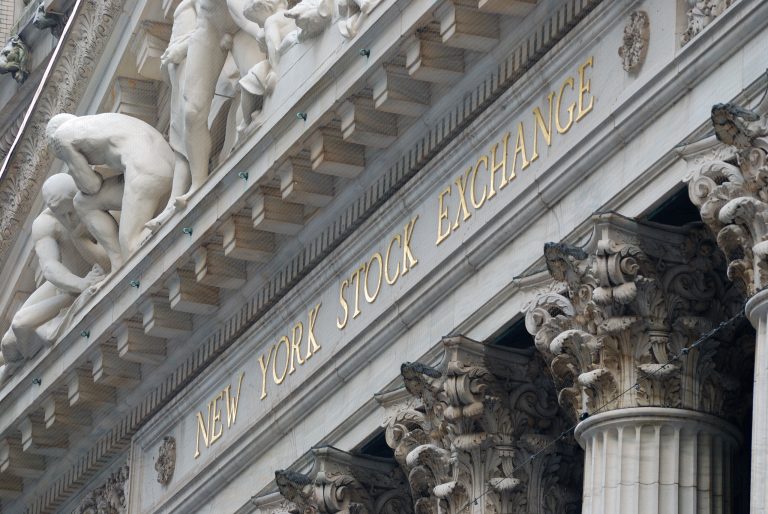Asian markets opened the week on a cautious note, as stronger-than-expected US payroll data dampened hopes for early Federal Reserve rate cuts.
The robust labour market report pushed bond yields higher, raising concerns over equity valuations and adding pressure to regional indices.
Hong Kong, China markets take a hit
Hong Kong’s Hang Seng Index dropped 1.6%, falling below the 19,000 mark for the first time since September 2024, weighed down by persistent concerns over China’s economic outlook.
With this, Hang Seng extended its losing streak to the sixth straight session. The index traded 1.29% lower at 18,817.98.
Mainland China’s CSI 300 declined 0.25%, extending losses after closing at its lowest level since September 2024 last week.
Kospi slips below 2,500
In South Korea, the Kospi fell close to 1%, while the Kosdaq slipped 0.53%, as political uncertainty looms ahead of the Constitutional Court hearing on President Yoon Suk Yeol’s impeachment.
Foreign investors recorded net sales of 353.6 billion won, while institutions sold 168.9 billion won worth of stocks.
In contrast, individual investors were net buyers, accumulating 481.9 billion won in stocks, attempting to counterbalance the sell-off.
Declines were observed among most top-cap stocks in the securities market.
Samsung Electronics slid 1.81% compared to the previous session, while SK Hynix and Hyundai Motor faced sharper declines of 3.98% and 3.10%, respectively, contributing significantly to the broader market’s downturn.
Other regional markets
Australia’s S&P/ASX 200 declined 1.17%, reflecting the broader regional sell-off.
Japanese markets were closed for a public holiday, contributing to thinner-than-usual trading volumes.
The MSCI Asia-Pacific index outside Japan edged down 0.4%, highlighting the overall bearish sentiment in the region.
Wall Street cracks on Friday
US stocks tumbled on Friday, as stronger-than-expected non-farm payroll data fueled concerns that the Federal Reserve might maintain current interest rates or slow the pace of rate reductions.
The major averages ended the session sharply lower.
The Dow dropped 696.75 points, or 1.63%, to close at 41,938.45.
The S&P 500 fell 91.21 points, or 1.54%, settling at 5,827.04, while the Nasdaq lost 317.25 points, or 1.63%, to end at 19,161.62.
Labor Department data revealed that US non-farm payroll employment surged by 256,000 in December, significantly surpassing economists’ expectations of a 155,000 increase.
November’s job gains were revised downward to 212,000 from the initially reported 227,000.
The unemployment rate edged down to 4.1% in December, compared to 4.2% in November, defying expectations for the rate to remain unchanged.
The robust labor market data added to concerns about the Fed’s monetary policy trajectory, weighing on investor sentiment.
Investors are bracing for a critical US CPI report on Wednesday, which could further shape Federal Reserve policy.
Any upside surprise in core inflation beyond the forecasted 0.2% could solidify a “higher-for-longer” stance on interest rates, exacerbating pressure on global markets.
The post Asian stocks slip sharply after strong US jobs data: Hang Seng dips below 19,000 appeared first on Invezz

